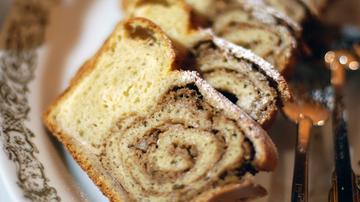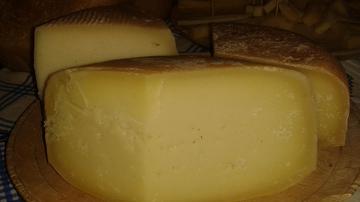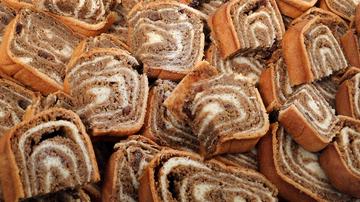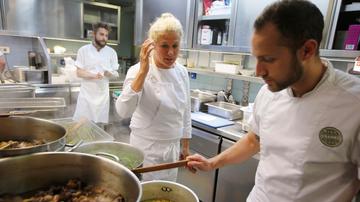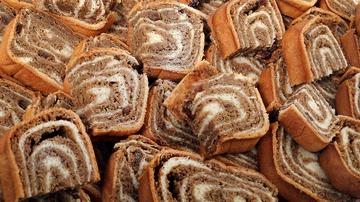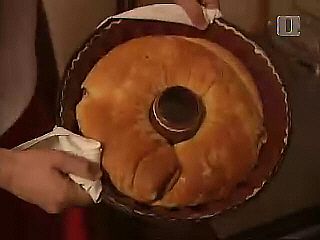
Slovenia’s famous potica – a type of rolled, stuffed bread – is one of the country’s most recognizable culinary symbols. It’s often filled with walnuts, chocolate, and tarragon, but a less famous variety has a long tradition of its own. Ocvirkovka was once a staple of Fat Tuesday celebrations in many parts of the country.
In fact, the preparation of ocvirkovka began several months before Lent. As winter approached, farms around Slovenia would organize a traditional pig slaughter known as koline. The slaughter itself was a major celebration, as entire villages would come together to help slaughter the pig and chop it into pieces. After the slaughter, farmers would make sausages, lard, bacon, and other pork products for the cold months ahead. They also make cracklings or pork rinds, known as ocvirki in Slovenian – bits of crispy pork skins that would last months even before the advent of refrigeration.
With the arrival of Fat Tuesday, they cracklings became the main ingredients of ocvirkovka. The cracklings, along with some ham, were added to freshly kneaded dough and rolled into a circular shape. After several hours of baking, the dish was ready to be eaten.
Even though it was found throughout Slovenia, ocvirkovka was particularly common in the Dolenjska, Posavje, and Štajerska regions. There, the cooks – almost always women – would frequently organize informal competition to see who baked the best ocvirkovka.
The dish is no longer a ceremonial pre-Lenten dish, but renewed interest in regional cooking has ensured its continued popularity. It is now even sold in supermarkets, where it can be purchased year-round. For many people, it serves as a connection to a simpler time - when food varied depending on the season, and all the ingredients were homemade.




















































